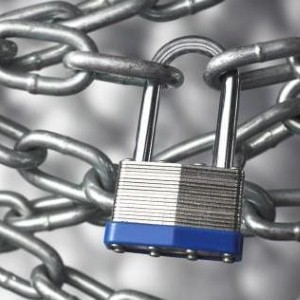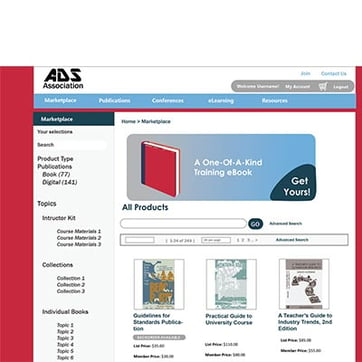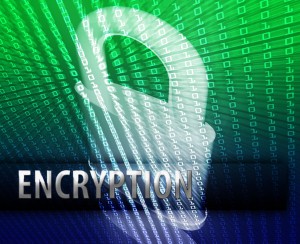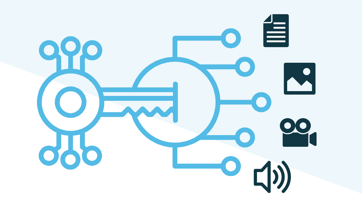
The advent of digital media, combined with the internet and popular file sharing tools, has made it easier than ever to share information. Organizations now need to find ways to protect their digital information against misuse, unauthorized access, and uncontrolled distribution.
DRM
Digital rights management (DRM) is any type of technology used by publishers, copyright holders, and content owners to control the use of their digital content. DRM technologies give the ability to restrict viewing, copying, printing, or altering content. DRM is sometimes referred to as copy protection, copy prevention, or copy control, as digital copying is probably the most pressing issue. Digital media files may be duplicated an unlimited number of times with no degradation in the quality of subsequent copies, which is a concern for individuals and organizations dependent on the revenue generated from such content. DRM provides digital locks that prevent intellectual property from being stolen, or copied, just as physical locks prevent personal property from being stolen.
E-DRM
Enterprise digital rights management (E-DRM or ERM) refers to DRM technology for corporate documents. E-DRM is more commonly known as information rights management (IRM) because it is generally used to protect sensitive or proprietary information, such as intellectual property or financial data. Organizations can prevent data from being leaked to the public or competitors by controlling how documents are being viewed and distributed, as well as protecting against copying, printing, and editing. E-DRM technologies will usually integrate with third-party systems and databases such as content management system software.
See the difference in features that enterprise DRM has to offer versus a standard DRM solution in our comparison chart.





